As product designers and researchers mostly working in tech companies, our work is to serve the underlying goals of company growth through creation, innovation, and expansion. While one can argue that designers are not directly making business decisions to define these goals, our training and experience are used to accomplish those goals in the most effective way.
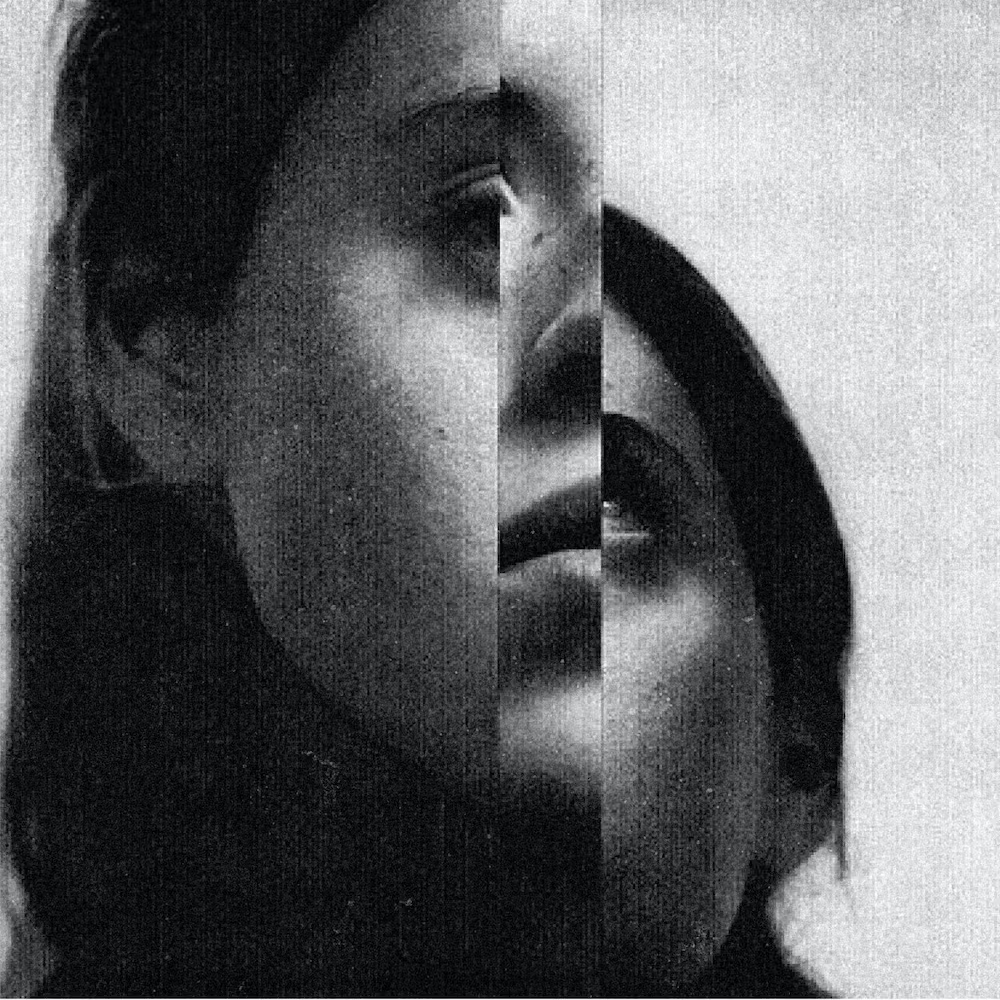
The design practice in conjunction with the business context puts us in a particularly interesting position of bringing the customer to the work process, but in an abstract, distant way; identifying pain points while continuing to build on top of existing paradigms. We start looking at our work, and at the world in general, in an incredibly specific way – named here as THE DESIGNER’S GAZE.
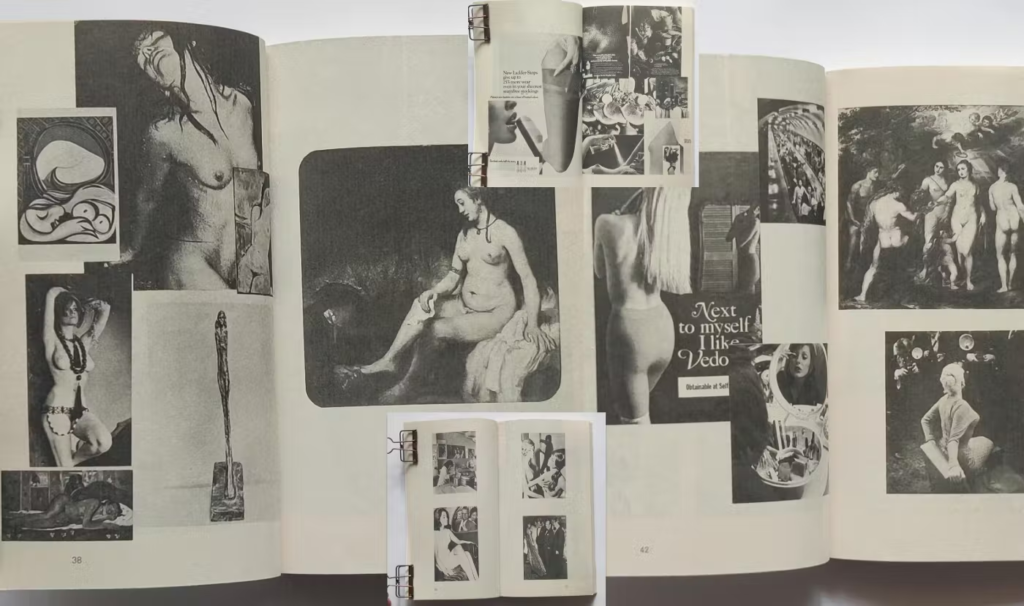
Origins: The Male Gaze
The term “male gaze” first appeared in John Berger’s Ways of Seeing, and soon became popular in feminist theory.
At its core, lies power:
MEN are represented with the power that they hold over their surroundings — the things that they can do to the people, pages, and objects around them.
WOMEN are represented as objects, with respect to what can be done to them.
This leads to the prevailing depiction of the world from a masculine, heterosexual perspective (both the creator & the viewer). It’s criticized because it minimizes the viewpoints and voices of diverse creators, and portrays women as sexual objects for the pleasure of heterosexual male audiences, and perpetuates the imbalance of power.
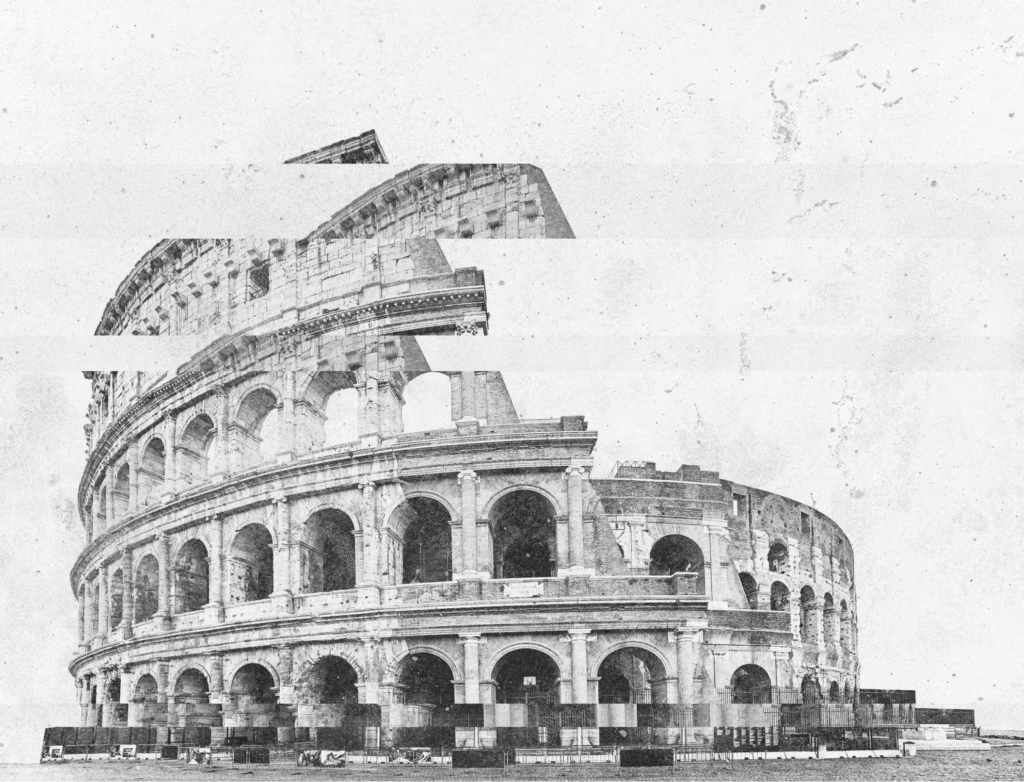
The Tourist’s Gaze
Similarly, Photographer Vamika jain in her project ‘I travel, therefore I am’ mentions the ‘Tourist’s Gaze’ — how tourists have an image of a particular place (such as a tourist destination), probably from seeing photographs of other travelers. The tourists seek to recreate the same images and perpetuate the cycle of aspiration-consumption-validation, all the while turning a place (where actual humans live, work, and seek growth) into a commodity, which exists solely for the consumption of the tourist. In this way — the tourist, often a major source of income for the place, wields power over the place and its people.
An accordion showing the same photograph taken from similar angles. More here.

The Designer’s gaze
Expanding from these concepts, we can reflect on how designers also have a ‘gaze’ — a power they wield over ‘users’- the people being designed for. We do this in more than one way — by creating ‘others’, by being unaffected by our designs, and most importantly, by being in creation mode by default.
From our first encounter with the design process, we’re taught to observe with the intention to identify ‘problems’ that can be solved. This is the beginning of the designer’s gaze — looking at the world around us not with the intention to understand, but with the intention to solve.
Let’s even look at user research, the empathy-generating essential aspect of the design process. And as a UX researcher, I’m guilty of this myself, a hundred times over. Design research artifacts, like personas and research reports, in the name of generating empathy for the users, actually contribute to the ‘OTHERISATION’ of the people being designed for. Consider the term ‘user’ itself — what empathy does it generate by distilling the context of a human being? We use the phrase ‘you are not your user’ and ‘the user behavior is….’ and create ‘personas’ as if the user is some strange creature that is nothing like you — the designer.
Nearly always, the ‘opportunities’ identified are solved additively — via the creation of a new physical or digital product. Designers who are always coming up with new products are lauded for their creativity and productivity, but as a community, we fail to see beyond the first and second-order consequences of our designs.
Thinking systemically, we know that most of our current problems are caused by the solutions we created for the problems we previously had.
Some very simplistic examples:
• Food delivery apps make it easier for people to access any food at any time, thus, creating new consumption behaviors that can impact their health.
• The precarious work conditions of ridesharing drivers, created by the aggressive market expansion of ride-share apps that, in turn, were created by gaps in public transportation.
• The convenience provided by services and social platforms comes with a high cost on user privacy and opens new opportunities for harassment.
Thus, designers, more than other people, need to step back and understand the consequences of adding a new product to the ecosystem it will exist in. To visualise and speculate how the world will change in response to it.
Designers don’t always have skin in the game, so most adverse effects of their own creations don’t really reach them. This makes it easier to become careless about what we’re making and to take risks where things can go either way.
A design affects more than just the original problem — it affects the way people think and behave in the world. And as much as we may debate on the nuances of things, like the ability & need for exercising self-control, that people have agency in their lives. The truth remains:
The unintended consequences of our designs also have the same effect on the world as the intended consequences.
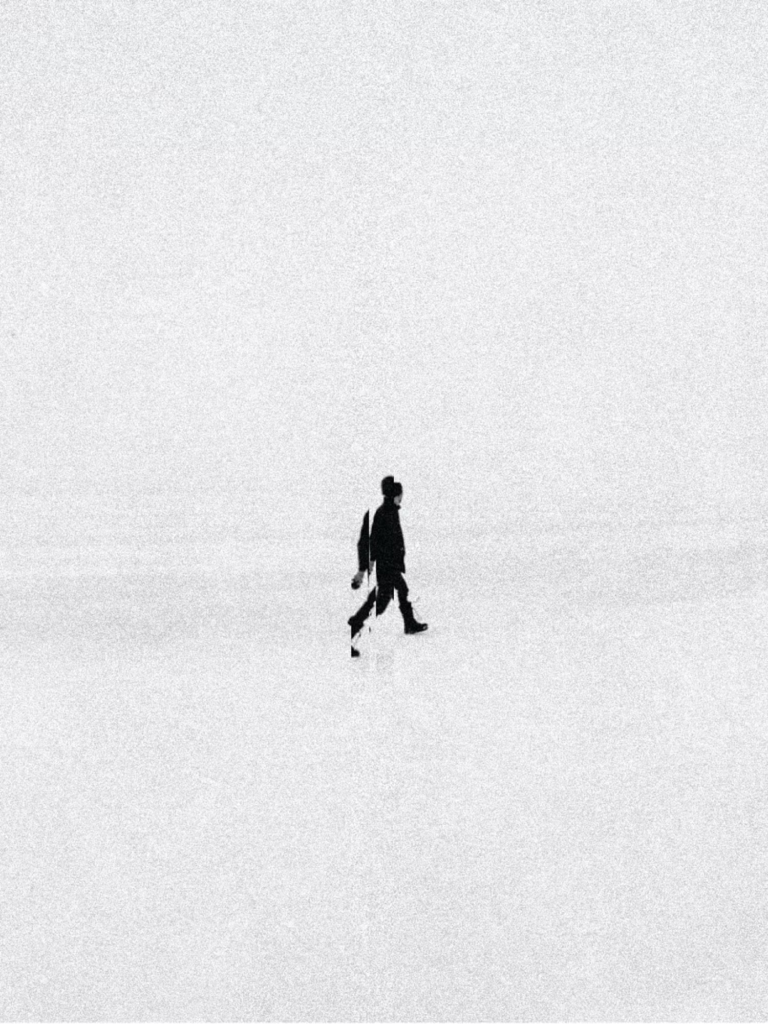
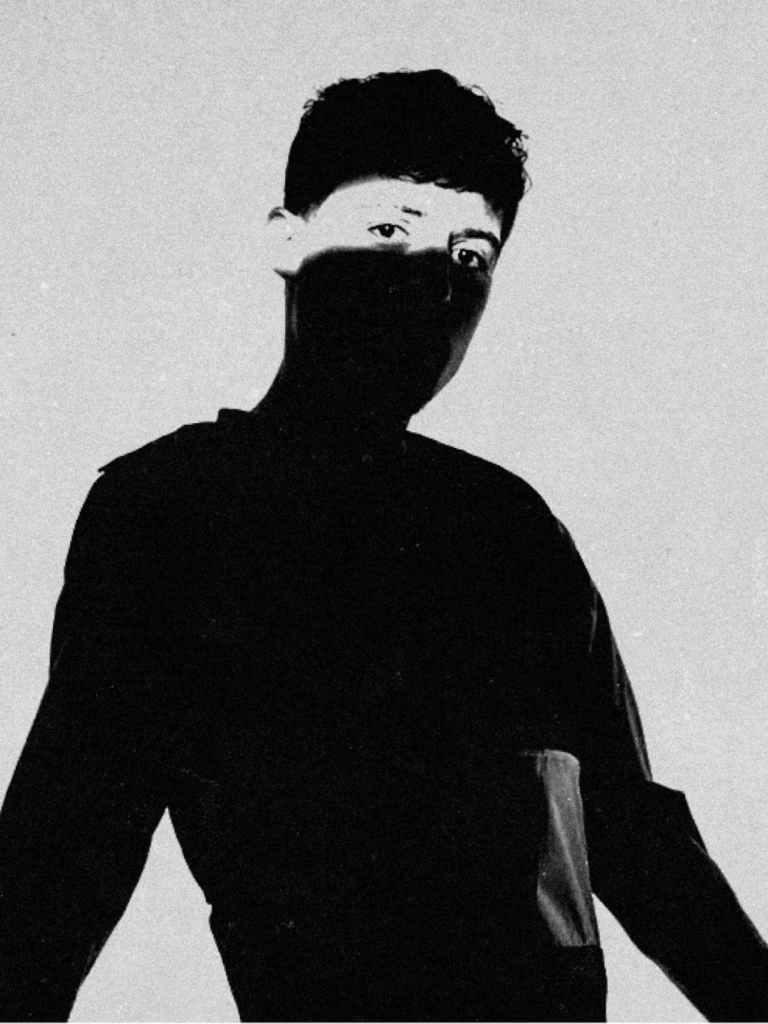
Maybe we all got into the design field because we loved it too much; maybe we’re wired a certain way and can’t stop finding problems to solve.
But maybe the solution isn’t always creating something new that will contribute to the clutter. Maybe we need to stop creating and start eliminating; maybe we need to train our eyes to look at the world beyond our tasks at hand.
We need to create space to design for equity – using the tools we have to facilitate and empower communities; we need to find opportunities to listen to the world around us – bringing to our work perspectives beyond what is framed on flows and personas. We can only start talking about our impact on the world when we put our work back into it. Let’s start from here.
Works cited:
- Ways of Seeing by John Berger
- ‘I travel, therefore I am’ by Vamika Jain
- Jack Dorsey: Stop Calling Them ‘Users’ by Megan Rose Dickey
- Food Delivery Apps and the Negative Health Impacts by Janna Stephens
- ‘It’s not worth it’ by Dani Anguiano, The Guardian
- You’re Not Powerless in the Face of Online Harassment by Viktorya Vilk
- Redesigners for Justice by Creative Reaction Lab








